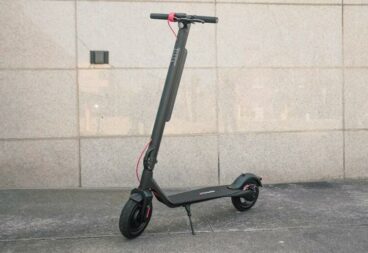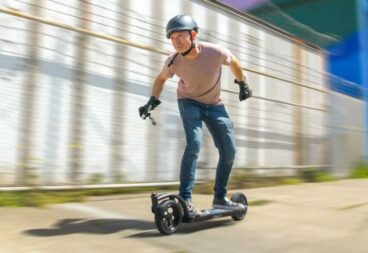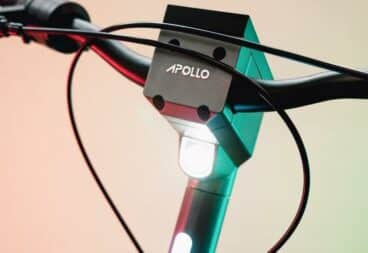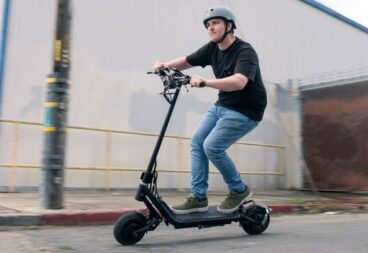Introduction
It’s been called the iPhone of electric scooters, and for good reason.
The Unagi Model One might be the most reviewed electric scooter in existence, receiving tons of coverage since the company’s kickstarter debut in 2018.
In 2020, they did something totally unique–a monthly subscription service. Now more people subscribe to Unagi than own one.
In 2021, came the announcement of the Model Eleven (more on that later). And this year, they bring us the Unagi Voyager, the latest upgraded version of their iconic Model One scooter.
The Model One is one of the most elegantly-designed scooters on the market, with eye-catching colors, clean-one-piece aluminum frame, and exotic materials like magnesium alloy in the handlebars and a stem made from the same carbon fiber used by SpaceX.
Unagi set out to make scooters cool in the early days of Xiaomi M365s and dockless sharing, when electric scooters started showing up everywhere.
Since then, the Model One has become a little bit of a celebrity itself. Apparently, when stars ride electric scooters, they ride Unagis, the most notable of all being Billie Eilish, who’s been seen on her Unagi for years now, from Coachella to a recent Apple documentary.
They’ve blended fashion and function better than any other company, but is Unagi more style than substance?
We’ve hands-on tested 127 different scooters, including the original Unagi (now called the Model One Classic) and the new Unagi Voyager, and this is our ultimate Unagi scooter review.
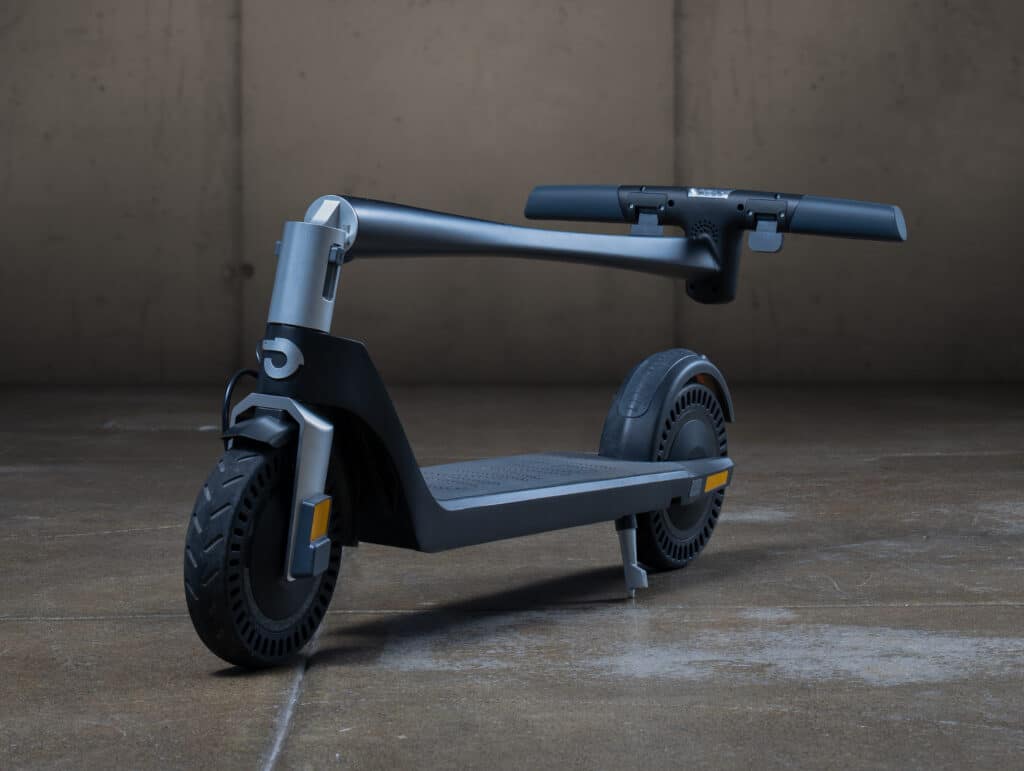
The Good
Unagis are the best hill climbers you can buy in the entry-level scooter market. And the Voyager was even 12% faster on our hill climb than the Model One Classic.
The Model One has always had fast acceleration thanks to the only dual-motor design under $1000, and its exceptional build quality and exotic materials makes it ultra-lightweight and extra-reliable.
The Unagi Voyager’s dual motors are even more efficient, thanks to the scooter’s extra voltage and larger battery cells.
We’ll also be straight with you: since 2019, Unagi has also been known for being a premium brand with two specific shortcomings, and we’ll get to those in a moment.
But the company is one-upping themselves with the Unagi Voyager, an updated Model One scooter that improves on the good (and repeats some of the bad) of their earlier versions.
Let’s start with the good:
Subscription
Stars may love Unagi, but the company has made it easy for people who might not have a thousand dollars to drop on a scooter upfront.
The subscription service lowers the bar to entry so almost anybody can lease an Unagi month-to-month with full servicing coverage and even theft insurance included. This way people can try a scooter out before they buy one, or just keep leasing.
Unlike financing, which many other companies offer, if you can decide that scooters just aren’t for you, you can just send a leased Unagi back for free.
Looks
The Unagi Voyager has four new distinctive colorways that will stand out on any city street: deep cobalt blue, cool mist green, matte black, and latte.
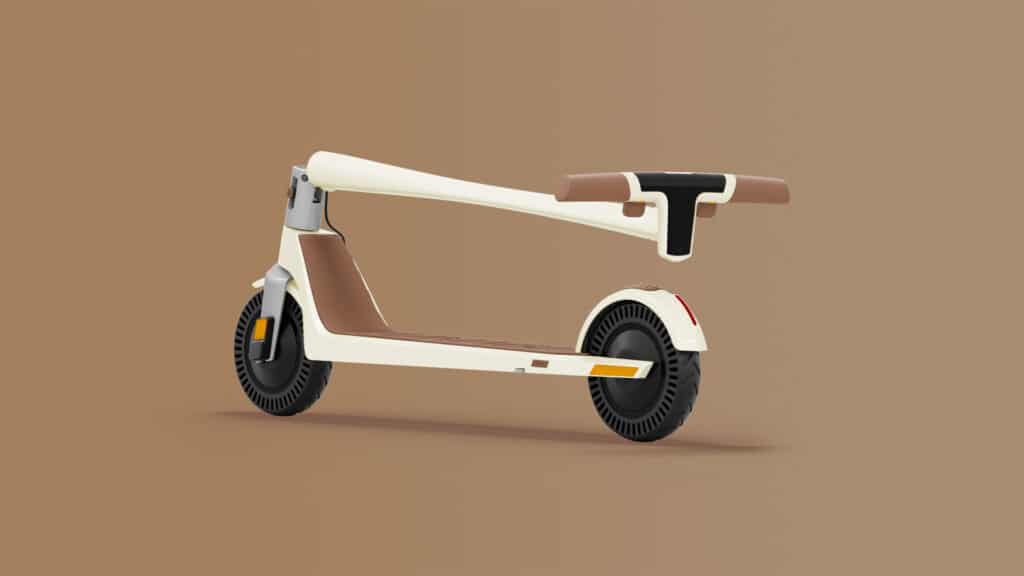
Build Quality and Performance
We’ve found little fault with Unagi’s outstanding build quality over the years, and we’ve especially been fans of its Star Trek-like dashboard and controls, which has also gotten 8 or so smaller usability improvements in the Voyager edition, including clearly showing whether you’re in single or dual motor mode, and easier controls via the buttons.
And, of course, Unagi still makes the only lightweight, entry-level scooter with dual motors on the market. By comparison, the more mid-tier, dual motor Varla Pegasus weighs over double the Unagi at 66 pounds to the Voyager’s 29.
The Unagi Voyager still has a good lighting profile, though you might want to add an additional helmet light if you ride at night. And the Voyager still has the same strong, simple, and safe electronic braking of the Model One Classic in both motors.
But here’s where the Unagi Voyager really outshines its Classic predecessor. While it might look almost identical on the outside, the Voyager uses better, larger battery cells for 12 miles of tested range. That’s 40-50% more than our tests of the Classic despite riding the Voyager 17% faster. And you can expect more if you don’t ride it in top performance mode like we did.
App + Display
The Voyager’s updated display is bright, attractive, and easy to read. And now it also syncs with an app, a feature Unagi’s riders have wanted for a long time.
The app looks great – like the Unagi Voyager’s display, it’s got an intuitive layout and a unique way to track range – more on that in a moment.
One thing people don’t know about Unagis, by the way: you actually get better range in dual motor mode, than single motor and at a pretty good cruising speed, somewhere between 12 to 15 miles per hour.
Unagi has always been more tech-forward, and the new app from their software team–something which few scooter companies have–shows it.
People can manage their subscriptions through the app, and it has a remote locking and unlocking feature for the scooter.
And what we’re even more excited about is that since they built this themselves, and because they need to deliver ongoing value to subscription customers, we have every reason to believe improvements to the app will keep coming.
Stay tuned for our interview with Unagi where you’ll hear more about what smart mobile app features are coming next.
Extended Range
We’re known for doing real-world testing on every vehicle we review, and with the Model One Classic, you will get about 8.5 miles of range, which could be enough for you if you’re looking for something more affordable.
The flagship upgrade of the Model One Voyager fixes problem this problem, however, adding 40-50% more range while gaining only a pound more weight and staying under 30 lbs.
There’s always a trade-off between weight and range, and most people who get Unagis prefer the benefit of lightweight-ness over extra range. We think this new range is pretty impressive given how little the weight has gone up.
Unagi’s app also has a “distance to empty feature.” It’s the most advanced we’ve seen in the category, factoring in rider weight, what riding mode you’re using, and even whether you’re riding on flat or hilly terrain as you plan your trips.
The Bad
Ride Quality Remains a Little Rough
Unfortunately, the other main shortcoming of Unagi’s – the scooter’s rougher ride – hasn’t really changed in the new iteration.
The Model One Voyager uses the same 8.5-inch vented solid tires as its predecessor. We’ve tested it plenty and can tell you that these spread out only slightly under the weight of the scooter and the rider, so you’ll definitely want to stick to smoother surfaces where you can.
The main benefit of these tires is that they’re totally worry-free, and you won’t need to check tire pressure or inflate them, and you’ll never ever get a flat.
After all, NO one wants to walk home pushing a scooter with a flat tire, especially Unagi riders, who tend to be pretty busy people.
While Unagi is going for more of a mass-market appeal, their scooters have never been for everyone. They’re definitely not for people chasing maximum performance–though the Model One outclasses a lot of entry level scooters–and they’re not going to appeal to riders who want the cheapest product possible.
However, they are for people who want a portable urban commuter they can take into the coffee shop or leave on display in their living room.
In a world where lots of scooters have gotten faster, more complicated, and heavier, Unagi has held the line–keeping its focus on ease-of-use, peace of mind, and short-distance rides, and that means keeping things premium, simple, and lightweight.
The Unagi Voyager continues the Model One’s commitment to zero maintenance. It’s pretty unusual, but there is literally nothing to adjust or maintain on this scooter. Its tens of thousands of subscribers will tell you that the solid tires work just fine if you know what to expect and steer clear of bumps and potholes.
Alternatives
Model
Top Speed**
Range**
Weight**
Price
EMOVE Touring
21.5 mph
18.7 mi
40 lb
$899
Fluid Mosquito
27.7 mph
16.6 mi
30 lb
$899
Apollo Air
15.6 mph
13.9 mi
34 lb
$699
UScooters GT Sport
30.0 mph
13.8 mi
30 lb
$1,099
Conclusion
Fun fact: Unagi’s CEO and founder David Hyman is also the founder of MOG, an early Spotify competitor, which was then acquired by Beats by Dre and later by Apple. Hyman then served as CEO of Beats Music until it was acquired by Apple and became Apple Music.
Hyman’s sense of style and music connections helped make the Model One a favorite for celebrities. But his mission has always been to keep things practical and approachable, and that’s easy to see in the Unagi Voyager, which only improves on the Model One Classic’s lightweight and portable design.
For the urban commuter, we can highly recommend Unagi’s Voyager, with a few caveats. The Voyager may be the scooter you’ll want to lease instead of buying. It’ll cost subscribers an extra $10 a month vs leasing the original Model One Classic, but it could be worth the money for the connectivity, new colorways, and added range.
The subscription model also means you’ll be first in line for whatever comes next–similar to how you might upgrade your iPhone.
So, for the Voyager, we think leasing makes the most sense, but if you want a Model One Classic (and you’re reading this soon after launch), we recommend buying one upfront because for the Classic, buying right now is a great deal.
Finally, Unagi’s return policy also deserves some attention. From its very beginnings, Unagi has had quite possibly the boldest return policy of any scooter company, with a strong warranty in addition to their famous “30-Day No Risk Trial” that covers free shipping both ways and doesn’t have to be new. It’s obviously costly to do this, but clearly Unagi believes in their product.
The Model One Classic is a scooter our reviewer Paul has personally used on a near-daily basis in San Francisco because it’s such a great hill-climber, pound for pound, it fits in the trunk easily, and it looks great. And the new Model One Voyager is just better. Still lightweight, powerful, and fast. Only now it’s got app connectivity, longer range, and even more style.
